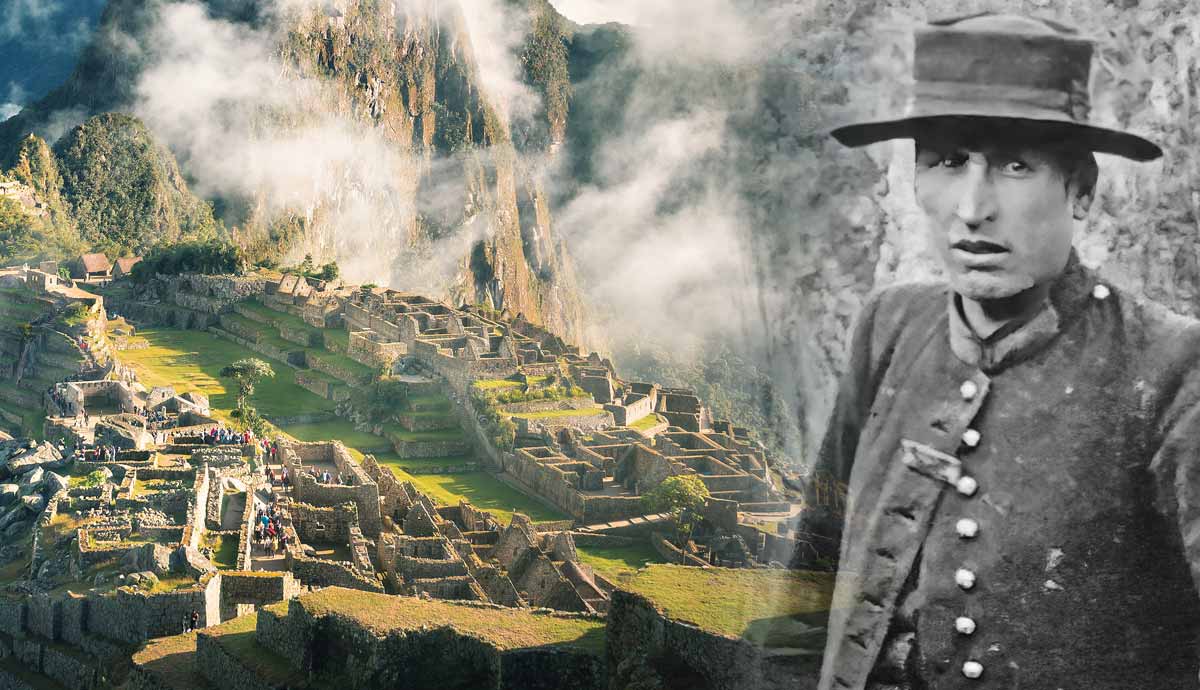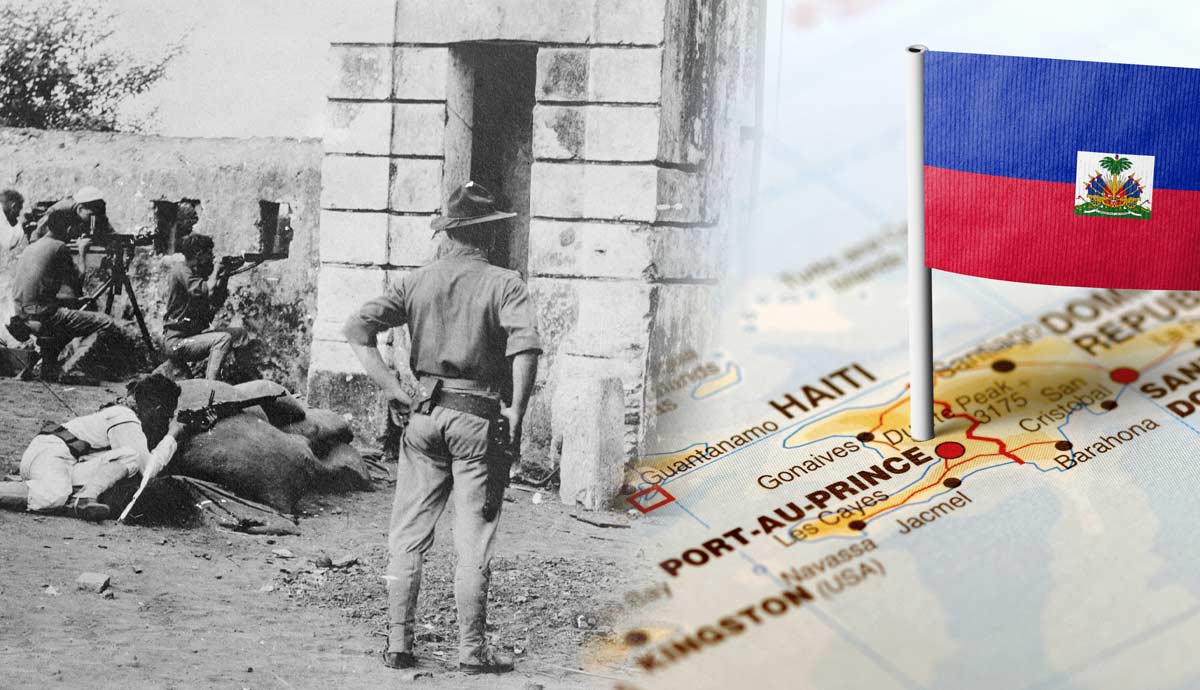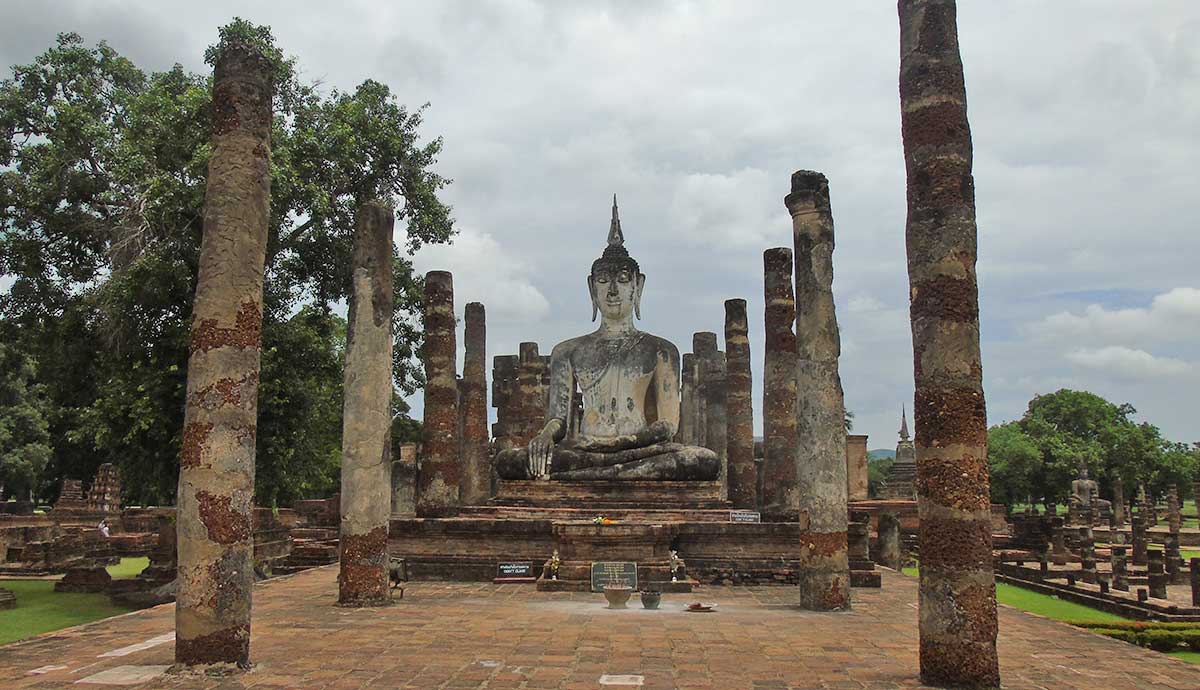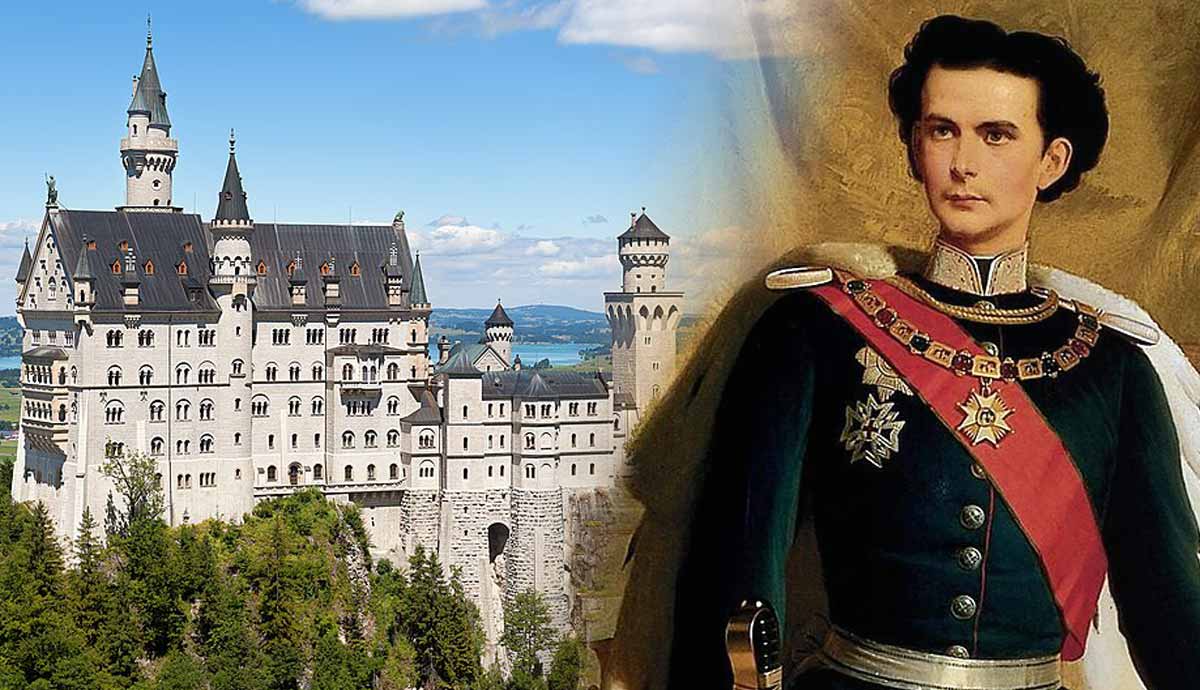
An ancient Inca city, Machu Picchu evokes a sense of wonder and mystery, a lost place that needed to be rediscovered. Its abandonment during the Spanish conquest left it to fade into obscurity until 1911 when Hiram Bingham, a Yale researcher, brought it back into the global spotlight. This was not, however, a true discovery; local communities had long been aware of its existence. The truth behind Bingham’s work challenges traditional notions of discovery, highlighting the intertwined histories and cultural dynamics surrounding Machu Picchu’s history.
Machu Picchu, Symbol of the Inca Empire

Machu Picchu, an ancient Inca city likely constructed in the 15th century, stands today as the most iconic symbol of the Inca Empire, the largest pre-colonial empire in South America due to its conquests of neighboring kingdoms. Despite the absence of a written language, the Incas devised a sophisticated system of communication and record-keeping using cords adorned with knots, known as quipus, a method that is still not fully understood today. Their legacy encompasses extraordinary architectural and engineering accomplishments that still captivate historians and archaeologists. Constructed without the use of iron, steel, or wheels, Machu Picchu was undoubtedly a monumental architectural feat, involving the labor of thousands of people.
Situated atop a precipitous ridge between two mountains, in a region characterized by heavy rainfall and geological instability, Machu Picchu captivates visitors with both its breathtaking scenery and historical significance. It covers 80,540 acres of mountain slopes, peaks, and valleys, and at its heart lies the spectacular archaeological monument known as The Citadel, situated over 7,900 feet above sea level. While its exact purpose remains uncertain, historians and archaeologists suggest several potential explanations. One prevalent theory is that Machu Picchu served as a royal estate and retreat for the Inca emperor Pachacuti. Additionally, it may have functioned as a religious sanctuary, agricultural hub, and administrative center. The strategic location of Machu Picchu amidst the Andes Mountains suggests its significance as a cultural, religious, and political center for the Inca Empire.

A recent study proposed a groundbreaking new theory regarding Machu Picchu’s location, attributing it to geological factors. Fault lines beneath the site facilitated stone construction by naturally breaking granite into manageable pieces, aiding in drainage and water management. This suggests the Incas deliberately selected the site based on their understanding of the region’s geology. Moreover, the presence of a Quechua term for significant fractures underscores the Inca’s profound understanding of geological formations within their mountain domain. Renowned as one of the seven wonders of the modern world, Machu Picchu not only captivates with its breathtaking beauty but also constitutes a remarkable collection of ruins possessing immense archaeological and historical significance that remains partially shrouded in mystery. Extensive research is required to unravel the many remaining questions surrounding Machu Picchu.
Searching for Vilcabamba

The most well-known story attributes the site’s discovery to Hiram Bingham, a Yale researcher who traveled to Peru in search of the last Inca capital. He began his adventure in 1911, accompanied by a geologist-geographer, a topographer, a naturalist, a surgeon, an engineer, and a young assistant. The trip began in Cuzco, where they started ascending the Urubamba River valley. The expedition reached a small plain bordered by gullies, where Melchor Arteaga, a tenant of those lands, resided. He informed them that in the opposite direction lay ruins that possibly matched what they were seeking, so he offered to guide them. After an exhausting journey, crossing the Urubamba River and ascending slopes under stifling heat, they arrived at a small hut where they were welcomed by the family living there. One of their sons volunteered to show Bingham the ruins. Just around the hill from their hosts’ dwelling, the explorer, astonished, saw hundred-stepped Inca terraces, about 330 yards long and 10 feet high. Bingham hurriedly took many photos with his Kodak A3 and wrote notes in his journals.
A year later, after securing much more funding from Yale University and the National Geographic Society, he returned to Machu Picchu with a much larger team of geologists, archaeologists, and surveyors to begin excavations with the help of indigenous people from the area. Bingham faced criticism for illegally removing almost 50,000 archaeological pieces that were taken to Yale University. Only 300 were returned; the rest remain in large European museums, including the British Museum and the Louvre, or in private collections.

With the dissemination of his research, notably featured in a dedicated issue of National Geographic in 1913 highlighting the history and recent discoveries, Hiram Bingham solidified his reputation as the individual who discovered Machu Picchu. Through publications, lectures, and media coverage, Bingham’s findings captured global attention, elevating Machu Picchu to iconic status and establishing its significance in archaeological and historical circles worldwide.
Despite his contributions to the discovery and initial exploration of Machu Picchu, Bingham’s approach and interpretations have been criticized by modern scholars. He was driven more by romanticized notions and preconceptions than by empirical evidence, leading to speculative theories and interpretations that often deviated from reality. Despite having a moon crater named after him and speculation that he influenced the character of Indiana Jones, Bingham is not highly regarded by contemporary academics. He was convinced that he had found the last city of the Incas, the legendary “lost city” of Vilcabamba la Vieja, the last bastion of the independent Inca rulers who waged a lengthy battle against Spanish conquistadors. Ironically, Bingham had already visited Vilcabamba but decided it was too small to be so legendary, not as fancy as he had hoped. And so, he invented the new lost city and a whole story behind it. For example, during his explorations they found dozens of bodies buried there, leading Bingham to speculate that Machu Picchu was a temple devoted to the Virgins of the Sun, a holy order of chosen women dedicated to one of the Inca’s deities, the sun god Inti. However, his theory was quickly debunked as bodies of men were found in equal or greater measure.
The “Lost” City That Never Was

A mountain of evidence attests to the fact that Hiram Bingham was not the first to reach the ruins. In the 16th century, there were references to the Machu Picchu site in the writings of Diego Rodríguez Figueroa, known then as Pijchu. Additionally, recent findings have turned up 19th-century maps in which Machu Picchu is accurately located. In the second half of the 19th century, German adventurer Augusto Berns established a mining company, which he used to plunder the relics of Machu Picchu and sell them for his benefit. There are even documents from 1867 that indicate that Berns had to deliver 10% of his looted gold to the Peruvian government.
In 1902, Agustín Lizárraga, a peasant employed by his landlords, embarked on a mission to explore new lands for agricultural expansion. Known for his skill in “climbing the most inaccessible places” and “challenging obstacles,” he was the ideal candidate for the task. Accompanied by his cousin, he journeyed through the rugged mountain terrain until they stumbled upon the awe-inspiring ruins of Machu Picchu. Overwhelmed by the sight, Lizárraga inscribed his name and the year on a stone, commemorating their discovery. Upon their return, Lizárraga’s landlords organized visits to the ruins, hoping to attract tourists and promote the site’s cultural significance. However when Bingham “discovered” the ruins nine years later, he ordered the inscription to be erased, citing conservation reasons. Although Bingham noted the inscription in his diary, he did not publicize its existence, choosing to remain silent on the matter.

Bingham, it turns out, was well aware that he hadn’t “discovered” anything—since he had the 19th-century maps, the resolution authorizing Berns’ presence at the historical site, and had even photographed Lizárraga’s inscription. Additionally, on his expedition he found three families cultivating crops, including potatoes, sugar cane, yucca, sweet potatoes, and corn on the terraces of Machu Picchu. The son of one of the peasant families, the Richartes, guided Bingham’s expeditions; he even mentioned in his diaries that if it hadn’t been for the boy, they would never have reached the ruins. It’s also clear that Bingham was aware of the proximity of the ruins to the region’s population; however, he made no effort to dispel his reputation as the great discoverer.
While Hiram Bingham’s efforts to investigate, excavate, and publicize the historical significance of Machu Picchu should be acknowledged, it remains essential to recognize that the site was never truly lost. Despite Bingham’s role in bringing Machu Picchu to the attention of the world, the site had always been known to locals in the area. His actions underscore a broader narrative often seen in historical exploration: the voices of distant explorers often overshadow the knowledge and heritage of indigenous communities. While Bingham’s efforts were instrumental in popularizing Machu Picchu globally, it’s crucial to recognize the enduring connection of indigenous communities to their heritage sites.










